Maculosus Angelfish
$199.99
-
Select Variant
&amp;lt;span class="wordai-block rewrite-block enable-highlight active" data-id="11"&gt;The Maculosus Angelfish makes a great 'first choice" for large angelfishes. It is also known as the Yellowbar Angelfish (or Yellow-band Angelfish), Map Angelfish, Blue Moon Angelfish or Map Angelfish. lass="yoast-text-mark">class="wordai-block rewrite-block enable-highlight" data-id="2">It is 2 inches in size and has several vertical white bars. a-id="">="5">It has a bright metallic blue body with white vertical bars. As the fish grows and matures, the bright vertical bars will disappear.</span> When the fish reaches 3-4" in length, a neon blue irregular pattern will begin to appear. The center vertical stripe of the fish will become a bright yellow and the tail will become transparent yellow. ="yoast-text-mark">s="wordai-block rewrite-block enable-highlight" data-="">id="3">The fish will turn gorgeous blue when it reaches maximum size. It will also have a large vertical yellow bar in the middle. It is distinguished from the Asfur Anger's bright yellow tail and dark purple body by its transparent caudal fin.
<span class="wordai-block rewrite-block enable-highlight" data-id="8">The Maculosus Angelfish can be hardy and grow to more than a foot in length. It should be kept in a 250-gallon tank with yellow tail. Only one specimen should be kept in each tank. This fish is not suitable for reef aquariums as it can nip at soft and stony corals (sedsile invertebrates), and clam mantles.
The Maculosus Angelfish, a Pomacanthidae member, is hermaphroditic and difficult to breed. It can also be indistinguishable from male and female.
Spirulina and marine algae are all part of the Maculosus angelfish's diet.
General Purchase Size: Juvenile: Small: 1-1/2" to 2"; Medium: 2" to 2-3/4"; Large: 2-3/4" to 3-1/4" Sub Adult: Small: 3-1/4" to 3-3/4" Medium: 3-3/4" to 4-1/4" Medium/Large: 4-1/4" to 4-3/4" Large: 4-3/4" to 5-1/2" Adult:Medium: 3-1/4" to 14-1/4" Medium/Large; 4-1/4" to 5-3/4" Large: 5-1/4" to 6-1/4" X Large: 6-1/4" to 7"
- Description
- Additional Information
- Reviews
Maculosus Angelfish Overview
The Maculosus Angelfish (Pomacanthus maculosus) primarily inhabits coral and rocky areas in shallow to moderate depths, up to 40 feet. While it sometimes appears in the aquarium trade, it prefers silty environments over rich coral reefs. Juvenile Maculosus Angelfish are deep blue with narrow, vertical whitish bars. As they mature, their anal and dorsal fins become more pointed, and their coloration shifts. Adults display a yellowish-white caudal fin with fine yellow dots and a white margin.Maculosus Angelfish Diet & Nutrition
- Diet: The Maculosus Angelfish is an omnivore. It primarily eats sponges but should also receive Spirulina, marine algae, meaty items, and high-quality angelfish preparations.
- Feeding Tips: Offer a varied diet including Nori, Spirulina, and small invertebrates like Krill, Mysis, Brine shrimp, and small crabs.
Origin and Habitat of Maculosus Angelfish
- Geographic Range: Found in the Western Indian Ocean, including the Red Sea, Persian Gulf, Gulf of Oman, and near the Mediterranean.
- Habitat: Prefers coral and rock areas, often in silty environments.
Housing Needs for Maculosus
- Tank Size: A 250-gallon or larger tank is ideal due to its potential size and territorial nature.
- Reef Compatibility: Not suitable for reef aquariums as it can nip at stony and soft corals (sessile invertebrates) and clam mantles.
- Tank Setup: Provide ample live rock for grazing and hiding.
Maculosus Size and Appearance
- Juvenile Size: Small: 1" to 2"; Medium: 2" to 2-3/4"; Large: 2-3/4" to 3-1/4"
- Sub-Adult Size: Small: 3-1/4" to 3-3/4"; Medium: 3-3/4" to 4-1/4"; Medium/Large: 4-1/4" to 4-3/4"
- Adult Size: Medium: 3-1/4" to 4-1/4"; Medium/Large: 4-1/4" to 5-1/4"; Large: 5-1/4" to 6-1/4"; X-Large: 6-1/4" to 7"
- Inquire with us for what sizes are available!
LINKS to follow:
size
Large, Medium, Small
Units
1
Weight
6 lbs
Dimensions
1 × 1 × 1 in

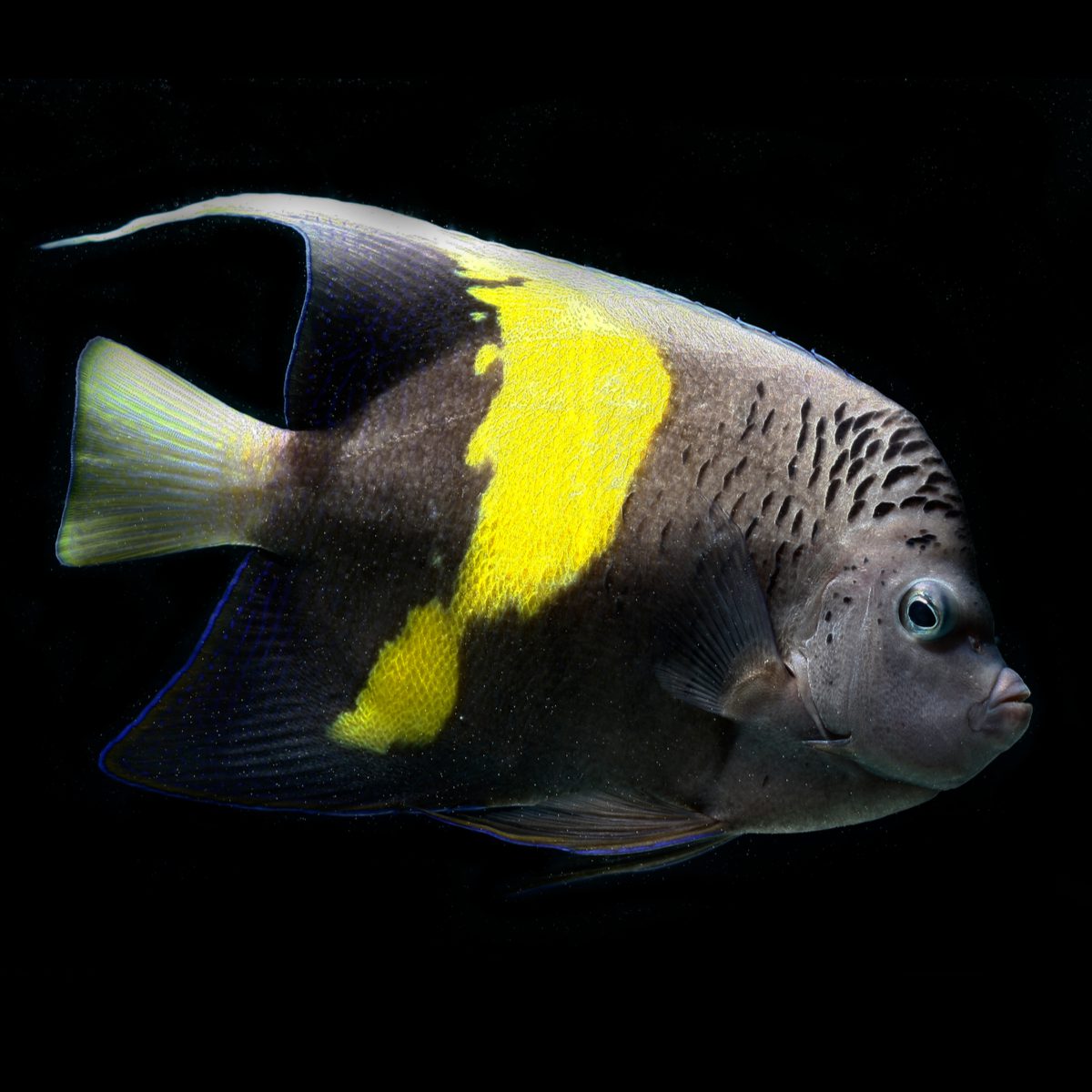
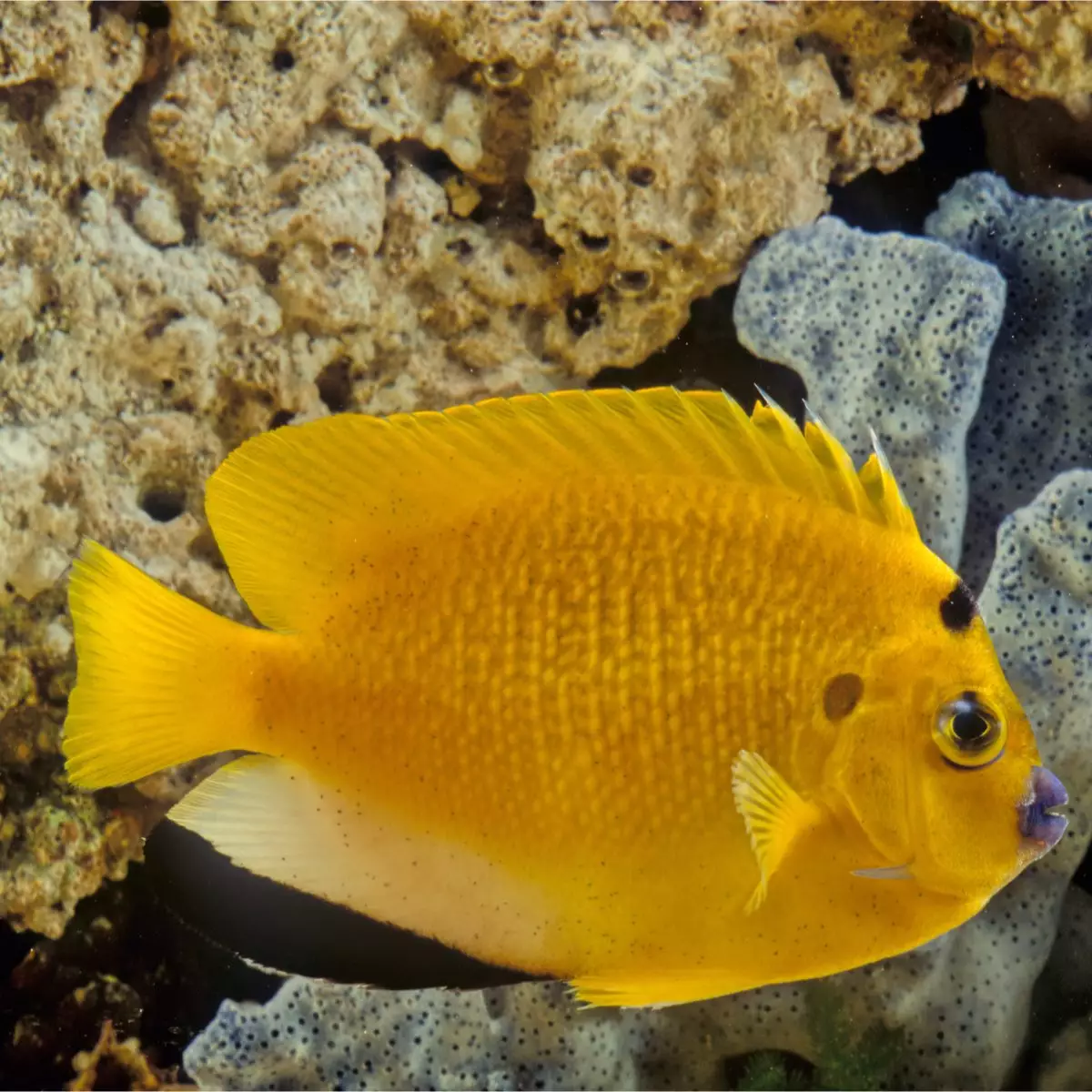
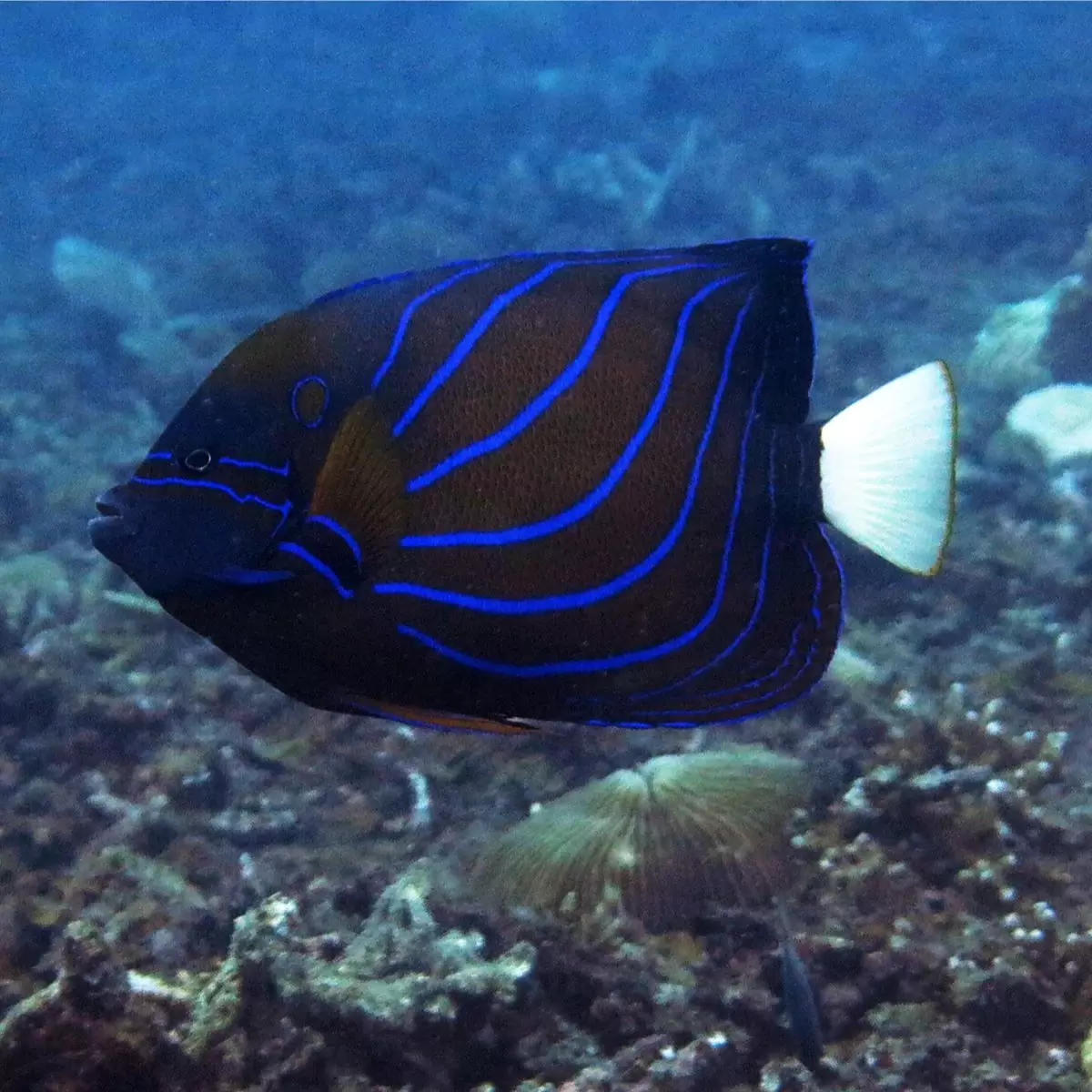
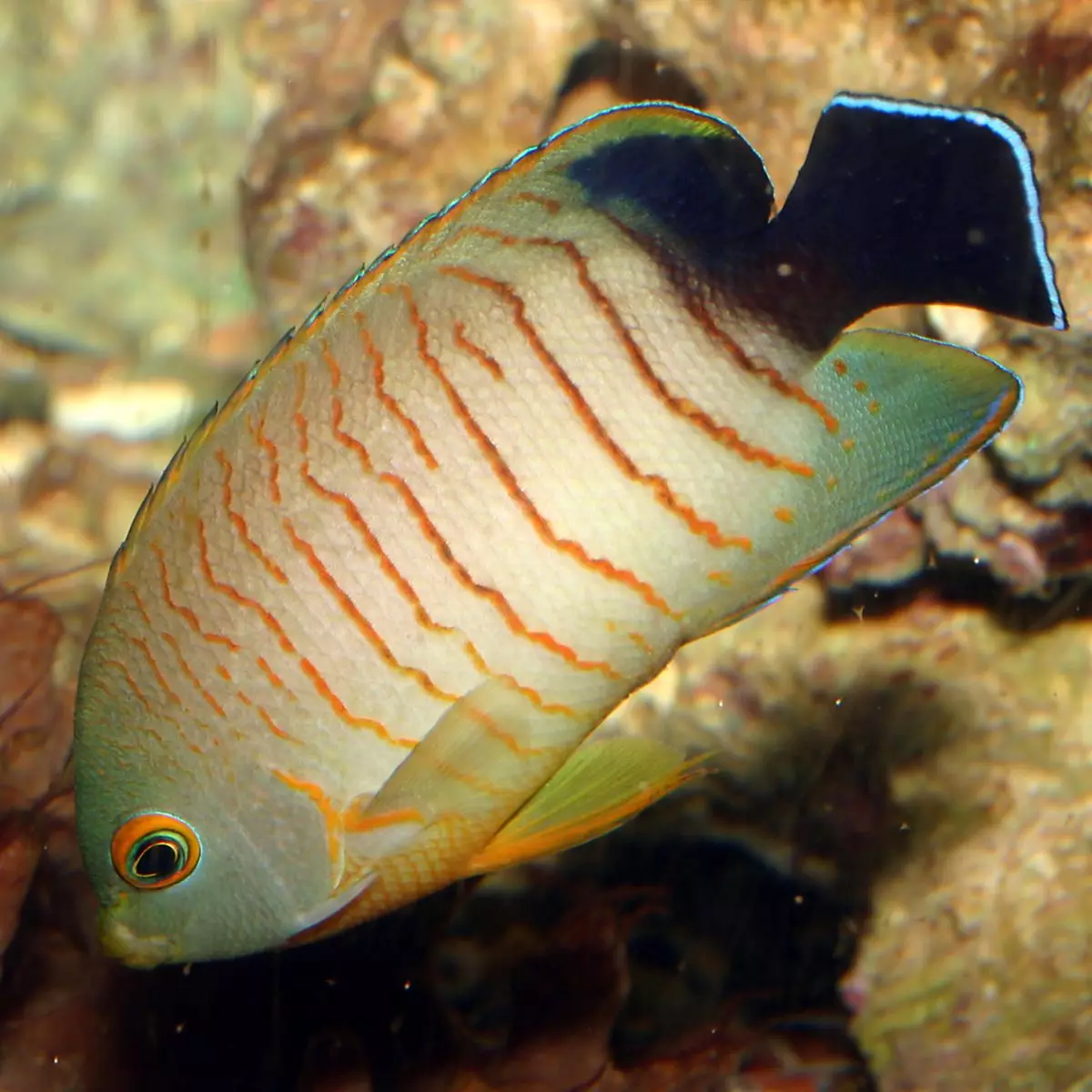
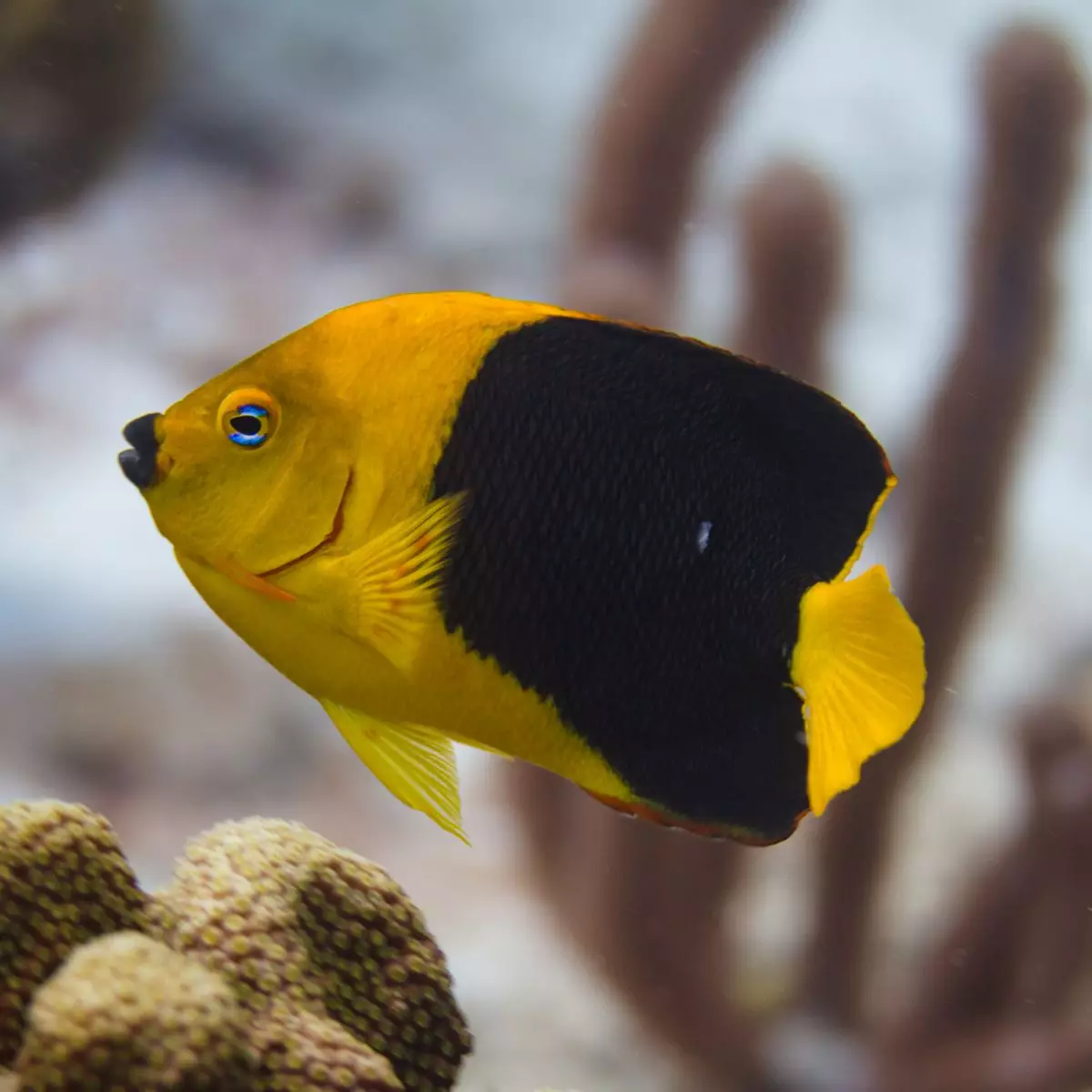
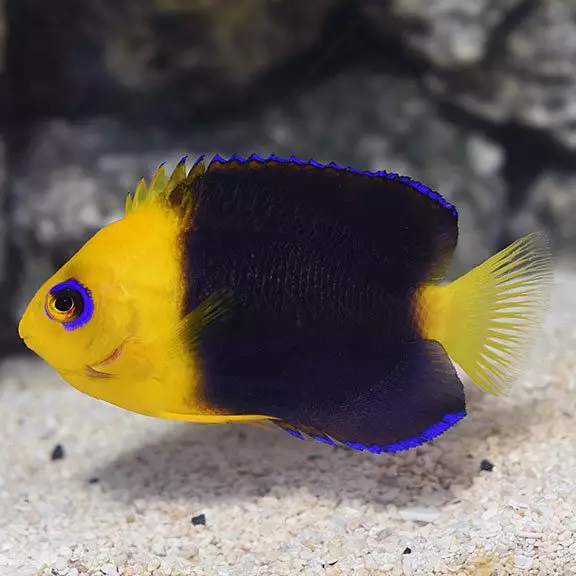
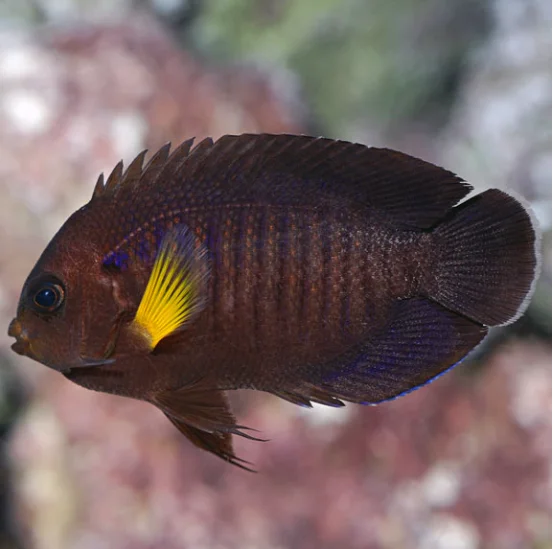
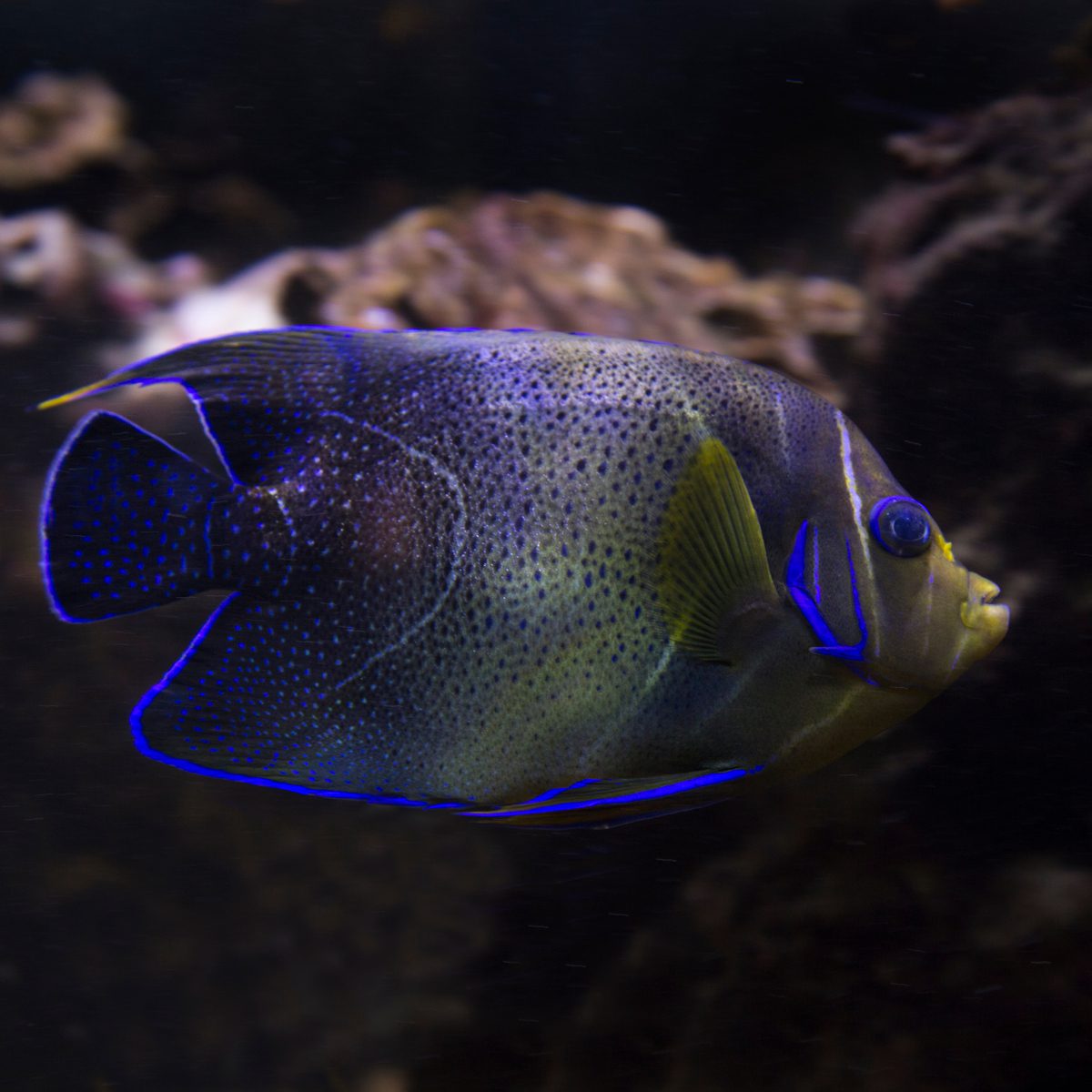
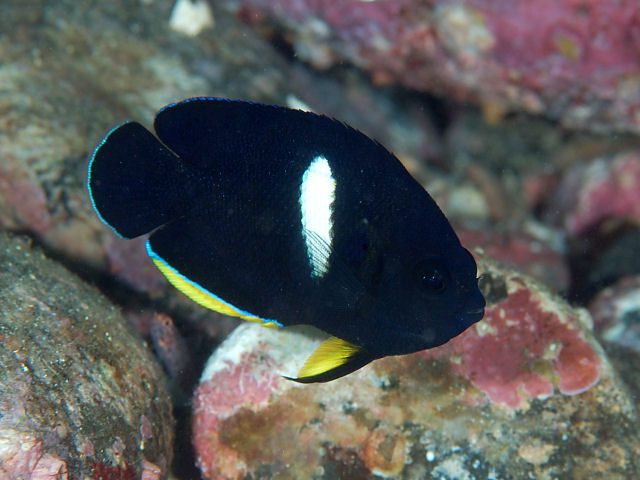

Reviews
There are no reviews yet.